This is a very special week for Formula 1 fans. With an increasingly tense and hard-fought World Championship approaching its conclusion in the last two rounds in Saudi Arabia and the United Arab Emirates, the focus is incredibly not on Max Verstappen and Lewis Hamilton, but on Sir Frank Williams. The founder of the homonymous stable died at the age of 79 last Sunday, leaving a huge void in the hearts of fans from all over the world. To pay homage to the legendary Sir Frank, today we will see together the Williams’ best F1 single-seaters:. Get ready, because there are true icons of the Formula 1 world. Welcome back to Auto for Dummies, the column that tells you the most beautiful stories of the world of engines.
Everything was born, twice, from the car of … someone else: Williams’ first F1 car is a Brabham first, and a March then
We have made a celebratory article on Frank Williams, who left us at the age of 79 last Sunday after a life full of obstacles. Confined to a wheelchair for 35 years after a car accident in 1986, Williams was the oldest quadriplegic in the world until his death. A detail that makes it perfectly clear willpower and determination of a romantic character, the real last “garagista”Of the world of Formula 1. With this term, in fact, we mean i builders not supported by an official house or a large company. A small team, often family-run or carried on by historical friendships, which makes its way among the greats of motorsport. In this, Williams has made school, becoming with his means always limited compared to the competition the second team for the Constructors’ World Championships won.
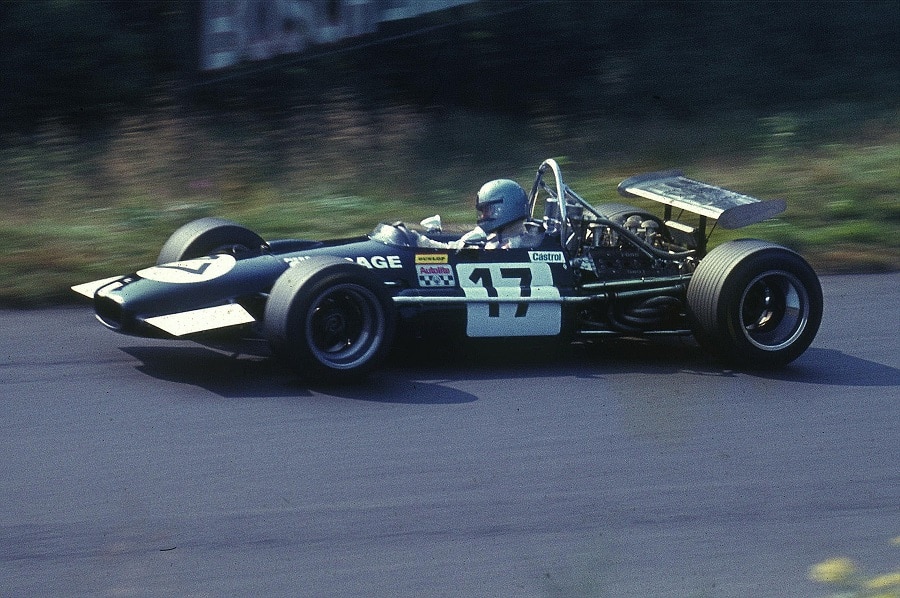
With 9 total titles, in fact, Sir Frank Williams’ team is second only to Ferrari, standing at 15, and ahead of sacred monsters such as McLaren, Mercedes, Red Bull and Lotus. And this incredible ability to win starting from resources and technologies inferior to rivals did not start with the best wishes. Williams’ early life began in 1969, when young Frank founded the Frank Williams Racing Cars. His first car was a Brabham usata, and he had only one pilot: his friend Piers Courage. With Courage, Williams had made his climb to Formula 1, starting with Formula 3 and arriving at the Regina Class. Williams’ first year, with that brabham used so competitive, was exceptional: without any experience, Courage took the lead two second places in Munich and the United States.
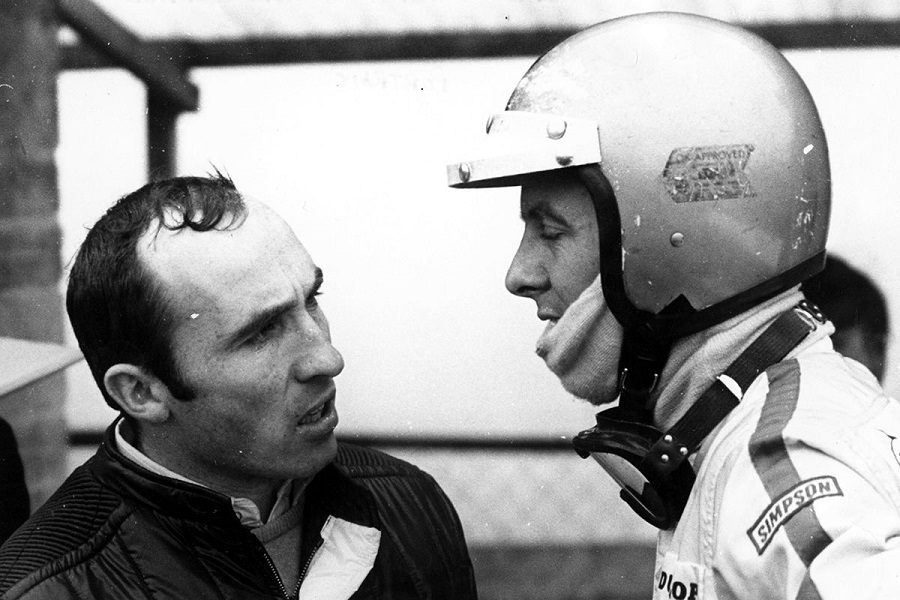
Subsequently, Williams attracted the attention of Alejandro De Tomaso, who chose the young English entrepreneur to land in Formula 1. La De Tomaso 505, designed by a very young Gian Paolo Dallara, however, it was a disaster, very difficult to drive and not very competitive. An episode that changed Williams’ life forever is also linked to the De Tomaso 505. To the Dutch Grand Prix, indeed, a very serious accident killed his friend Piers Courage. The death of the English driver, very close to Williams, changed Sir Frank’s approach to pilots. From that day, in fact, Williams kept away from them to avoid suffering like this again. After that tragic event, Frank Williams Racing Cars no longer achieved significant results. Dumped by De Tomaso at the end of 1970, in 1972 another Italian manufacturer arrived, the ISO, which however obtained worse results than De Tomaso if possible.
The new Williams GP born… in an abandoned carpet shop
Williams thus began a downward spiral, which in 1976 led him to sell his beloved team to oil tycoon Walter Wolf. After managing the team for the 1976 season, in 1977 he decided to leave his creation and found a new team, Williams GP Engineering. At his side came the one who will become the partner and friend of all time, the engineer Patrick Head, with which he built a new success story. Again, however, the new Williams left with many dreams and very little money. You don’t need to be a Formula 1 expert to know that, even in 1977, money was needed to compete.
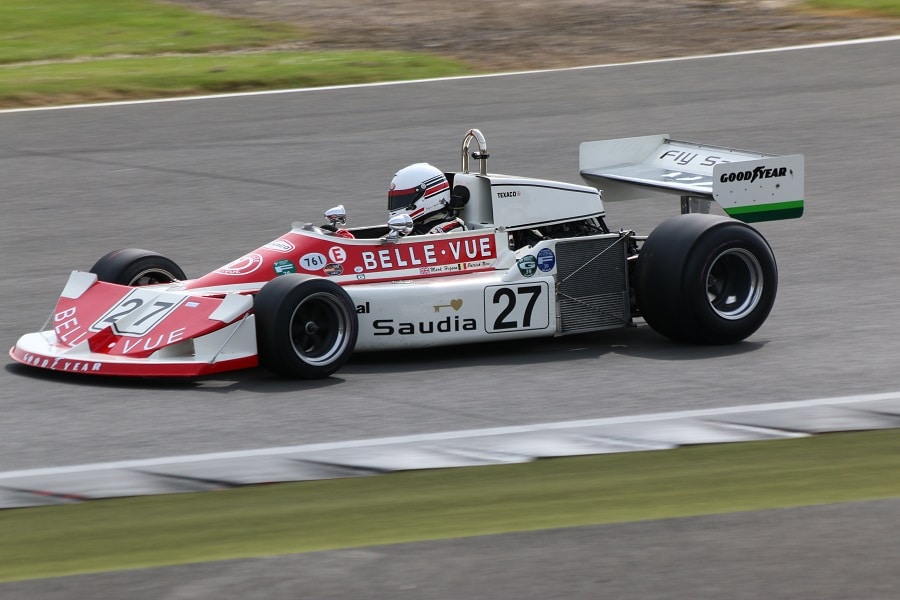
However, this did not stop Williams, who decided to participate in 10 races in 1977, only to start competing seriously in 1978 with his own car. Therefore, in 1977 Williams bought a second hand frame, a March 761, e 4 Ford-Cosworth DFV engines used. The cost of the chassis amounted to 14,000 pounds, about 93,000 euros in today’s money, and the nominated driver was the Belgian Patrick neve. And where was the brand new Williams GP factory?
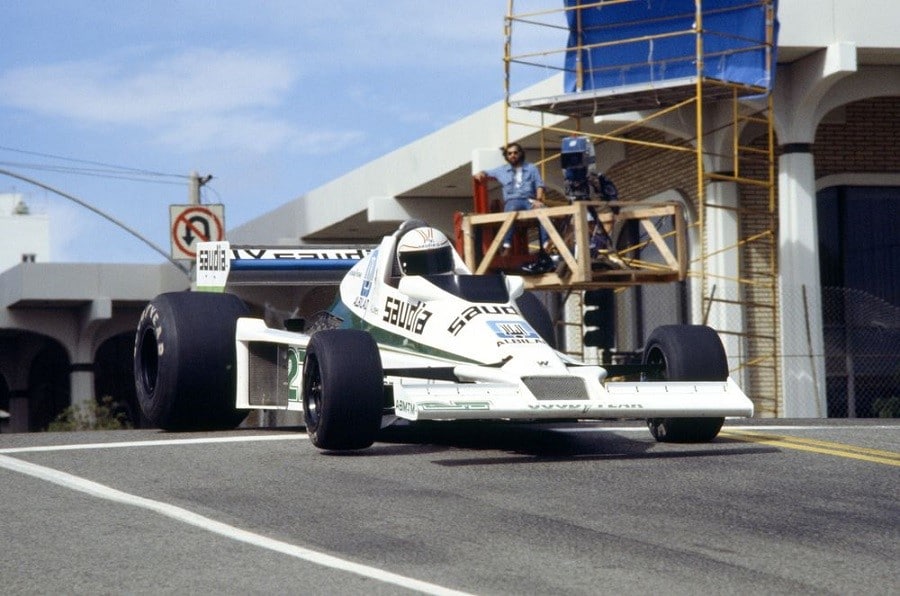
Well, it wasn’t exactly a factory, but a … abandoned carpet shop. Despite the absence of any machinery, resources and funds, the very small Williams GP took an honorable seventh place at the 1977 Italian Grand Prix. In doing so, he attracted the attention of wealthy sponsors of Saudi Arabia, including the national airline Saudia. This unexpected liquid assets helped Williams to build his first car, the FW06 for the Championship of 1978. With the Australian at the wheel Alan Jones, WIlliams got his first podium, a second place in Watkins Glen.
The FW07, the F1 Williams single-seat from which it all began: with it the first victory and the first World Championships
After a limp start, Williams was showing signs of becoming a very interesting team. Thanks to the competitiveness shown by the FW06, Williams obtained the tenth place in the Constructors’ Championship thanks to the 11 points earned by Alan Jones during the season. This result allowed Williams to compete with two monposto F1 team, thus hiring the Swiss expert alongside Jones Clay Regazzoni.
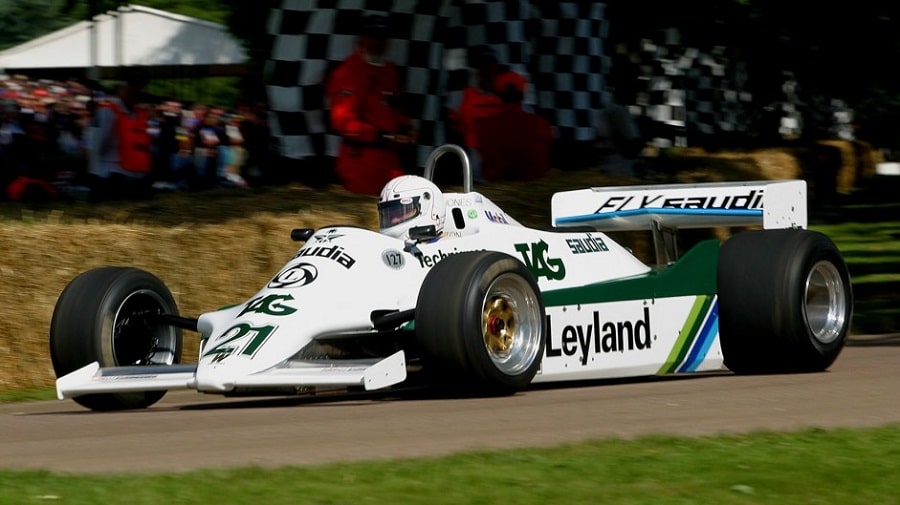
The two drivers, both already winners of at least one Grand Prix, had all the potential to emerge. What was missing was a car up to the task. Like this Patrick Head and Head of Design and Aerodynamics Frank Dernie developed the new Williams F1 car for the season 1979, the FW07. Seventh car to bear the initials of Frank Williams, the FW07 is perhaps the most important car in the history of the team. In 1978, the World Cup was won by Mario Andretti on Lotus 78, the first car to exploit theground effect. Thanks to impressive side skirts and an underbody designed to “suck” the car to the ground, the Lotus 78 dominated the World Championship. Head, therefore, decided to take up the design of the Lotus 78 and create a Williams capable of exploiting the ground effect like few others.
In fact, during the 1979 season it was realized how the Williams FW07 was even more effective than the Lotus 79, the replacement of the winning 78. Lotus in fact studied solutions to make another leap beyond the competition, which however gave enormous reliability problems. The new FW07, on the other hand, had reliability problems only at the beginning of the year. For the British Grand Prix, Dernie developed a new type of side skirts, able to guarantee that they are always in contact with the asphalt, thus guaranteeing maximum ground effect. With this modification, the Williams FW07 flew.
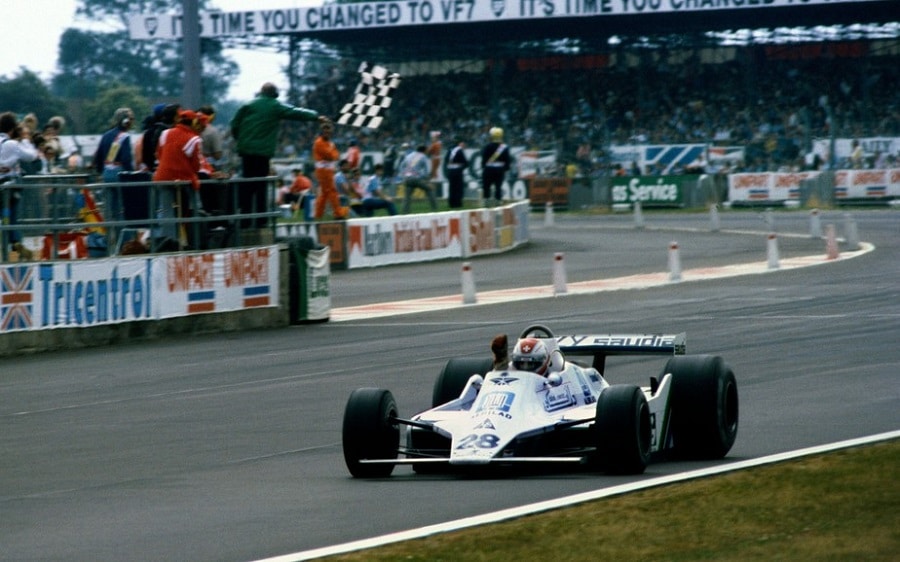
In 1979, Clay Regazzoni won his last Formula 1 race, his first since 1976, at the British GP. That was the first win in Williams history, which after that first acute never stopped. In fact, Alan Jones obtained 4 victories, of which three in a row, in the remaining six races of the year, close to both the drivers ‘and constructors’ titles. Williams was now a title contender, and was looking to the 1980 with huge hopes. In the ’80 season, Williams replaced Regazzoni with the Argentine Carlos Reutemann, who formed a formidable couple with Alan Jones. In 1980, in fact, Williams obtained 6 wins and 12 podiums with the new FW07B, which allowed Williams to secure his first Constructors’ World Title. At the same time, Jones became the first (and so far only) Australian to become World Drivers Champion.
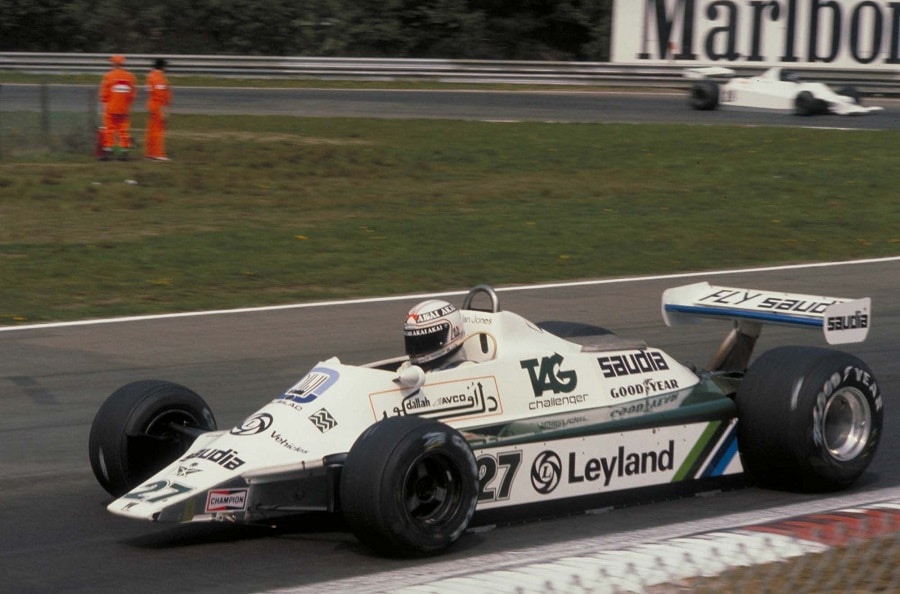
The new FW07B used a significantly upgraded Ford-Cosworth DFV V8, capable of delivering up to 515 hp, just 10 less than the Alfa Romeo V12 and Renault turbo V6. Furthermore, ground effect was so powerful that the front wing was useless and detrimental. The FW07B without a wing then won both World Championships in 1980, and in 1981 nearly achieved a second consecutive brace. Due to fuel pressure problems at Hockenheim and Munich, Jones was forced to retire while he was leading in both races, thus losing the Drivers’ Championship. Williams, however, was reconfirmed as World Constructors Champion for the second consecutive time, thus becoming a real one power in the world of Formula 1.
Williams F1 single-seaters put the turbo: the FW11 with the V6 Honda dominates the 1986 world championship
After the 1981 season, Alan Jones decided to retire from Formula 1, due to the excessive physical stress of the new ground effect cars. In its place came a grim Finnish, Keke Rosberg, who in 1982 won an incredible Drivers’ World Championship. In a season marred by the dead of Gilles Villeneuve and from the very serious injury of the second Ferrari driver Didier Pironi, the world championship that seemed destined for Maranello became uncertain. In the end he just got it Rosberg, who won only one Grand Prix that year with the Williams FW08, the Swiss GP, also obtaining 5 podiums. With just one victory, the driver has won the World Championship with the fewest number of victories ever.
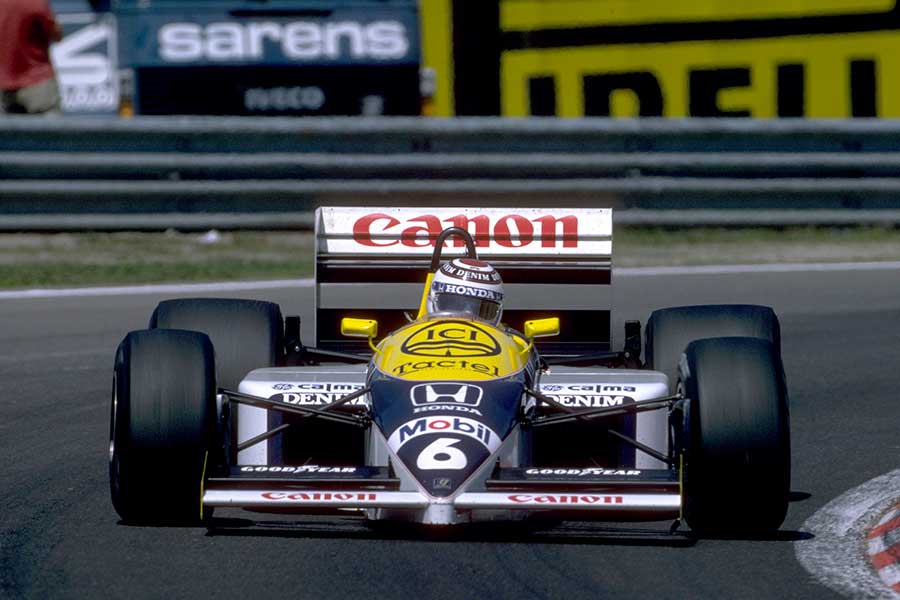
After that lucky 1982 World Cup, Williams had complicated years, where it seemed that the English team had lost its magic touch. After 2 Drivers’ World Championships and as many Constructors, Williams did not win a World Championship from 1983 to 1985. But everything was destined to change in the 1986, with the arrival of the FW11. This is Team Williams’ first F1 car equipped with turbo engine. After trusting the naturally aspirated Ford V8 engines until then and seeing the surge in reliability of turbocharged engines, Williams chose to rely on 1.5 V6 turbo Honda. The season, however, takes aunexpected direction that will change the history of the team forever.
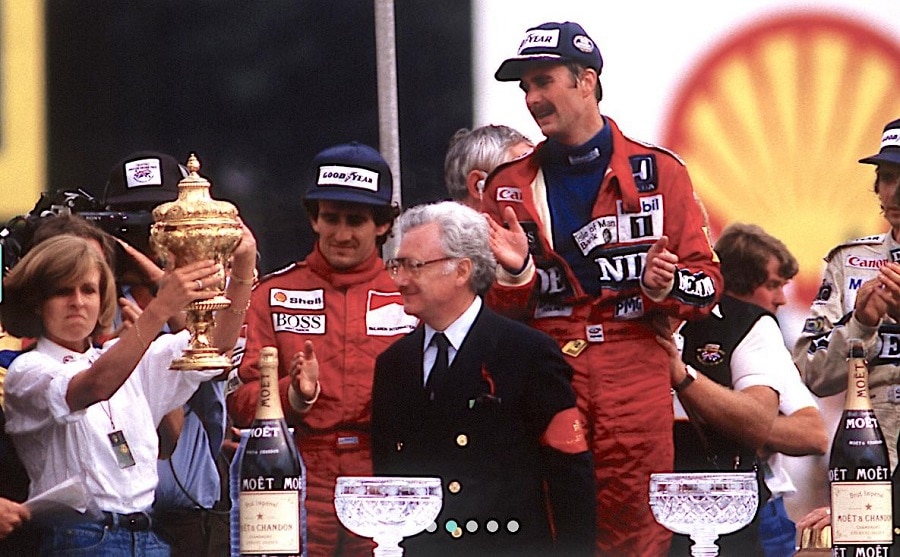
L’March 8, 1986, in fact, returning from pre-season tests of the FW11 at Circuit Paul Ricard in the south of France, Frank Williams driving a Ford Sierra 1600 he ran to Nice airport to catch a plane and participate in one jogging race, his other great passion. For a driving mistake, Williams lost control of the Sierra and crashed. Overturned and squeezed between the roof and the seat, Williams suffered one very serious injury to the spine …






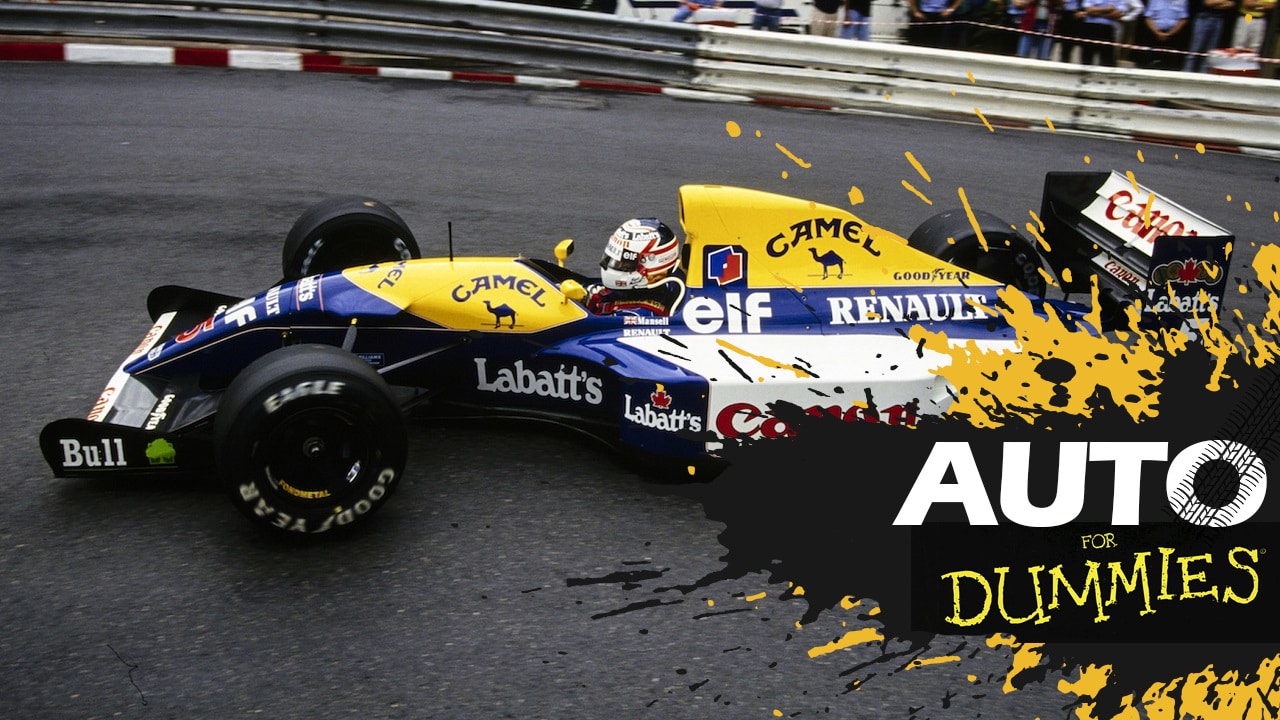





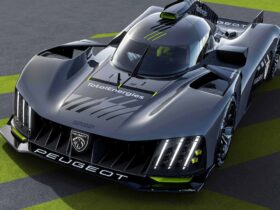



Leave a Reply
View Comments